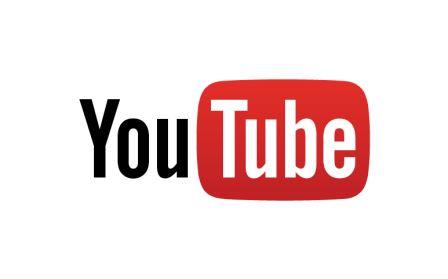The End of Free Content on YouTube

YouTube began rolling out its pilot program for paid subscription channels in 2013 and is set to implement the full plan in the next few months. This doesn’t mean that viewers will be forced to subscribe to watch videos, but they will have to be subject to either more Ads or pay to subscribe. YouTube’s paid subscription option is shaping up to be similar to Spotify rather than Netflix. Looking at the progression of video content, this was a long time coming. To maintain profitability, YouTube has to adapt to survive and it is up against some heavy hitters that are carving out their space in developed markets. This change can be good and bad for businesses.
The Upside
Businesses that want to eliminate advertising without losing potential Ad revenue now have the opportunity to offer paid channels to their subscribers. Marketing the subscription as a convenience for the viewer could work out well depending on the type of content the business provides. YouTube hasn’t specified exactly how much revenue derived from the subscriptions will go to content creators, but it appears to be close to 55 percent. The switch to paid subscription can also be a benchmark for businesses to measure the value of the content they offer. If viewers are willing to pay to view it that’s a good indication the creators are doing something right. Paying to view videos on a specific channel also creates incentive for viewers to consume the content more frequently. This could increase engagement across other marketing channels including social media sites.
The Downside
Although companies like Netflix, Spotify, and Hulu have had success with charging viewers for video content, not everyone is onboard. When HBO made the move to break away from cable television to offer its audience the ability to watch their favorite shows on-demand, viewers immediately took advantage of a leaked episode of Game of Thrones suggesting that no matter how convenient content providers make it, if people can watch it for free, they will even if it’s illegal. In addition to losing viewers who are willing to wait for content to pop up somewhere else on the internet for free, other content providers like Daily Motion are already stepping up to fill the void. Daily Motion, Vimeo, and Streamable are among the major video streaming sites that viewers flock to when they can’t find what they want on YouTube.
The best way to test whether or not offering a paid subscription channel will benefit your business is to diversify your media channels. Creating video content that is similar, but not exactly the same for various platforms will not only tell you how valuable it is to your audience, but it will give you more overall exposer. A good rule to follow is don’t post the same video in several different places. Be creative and offer higher quality content on subscription sites and include clips of this type of content on the sites where viewers are watching your existing content for free.
Categorized in: Miscellaneous
Published On: Oct 3, 2015
